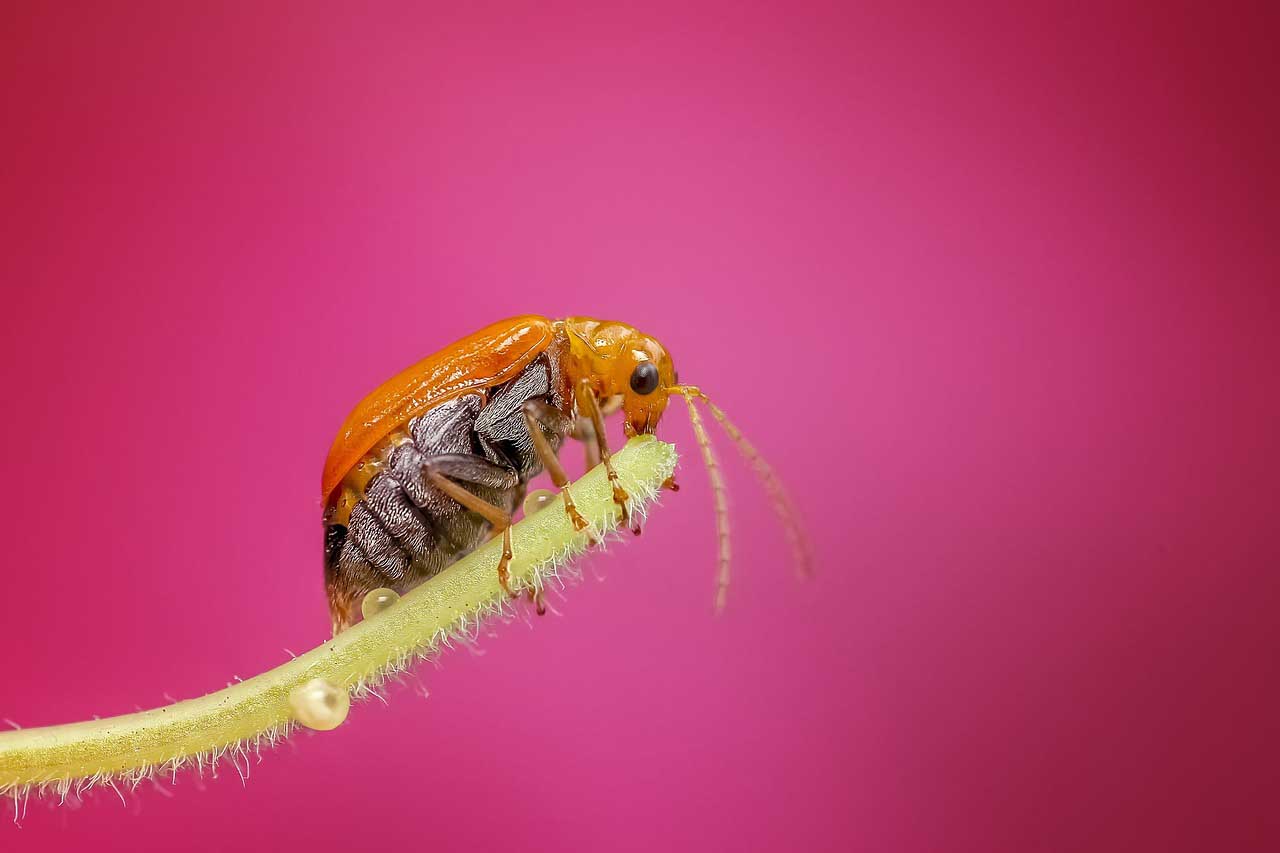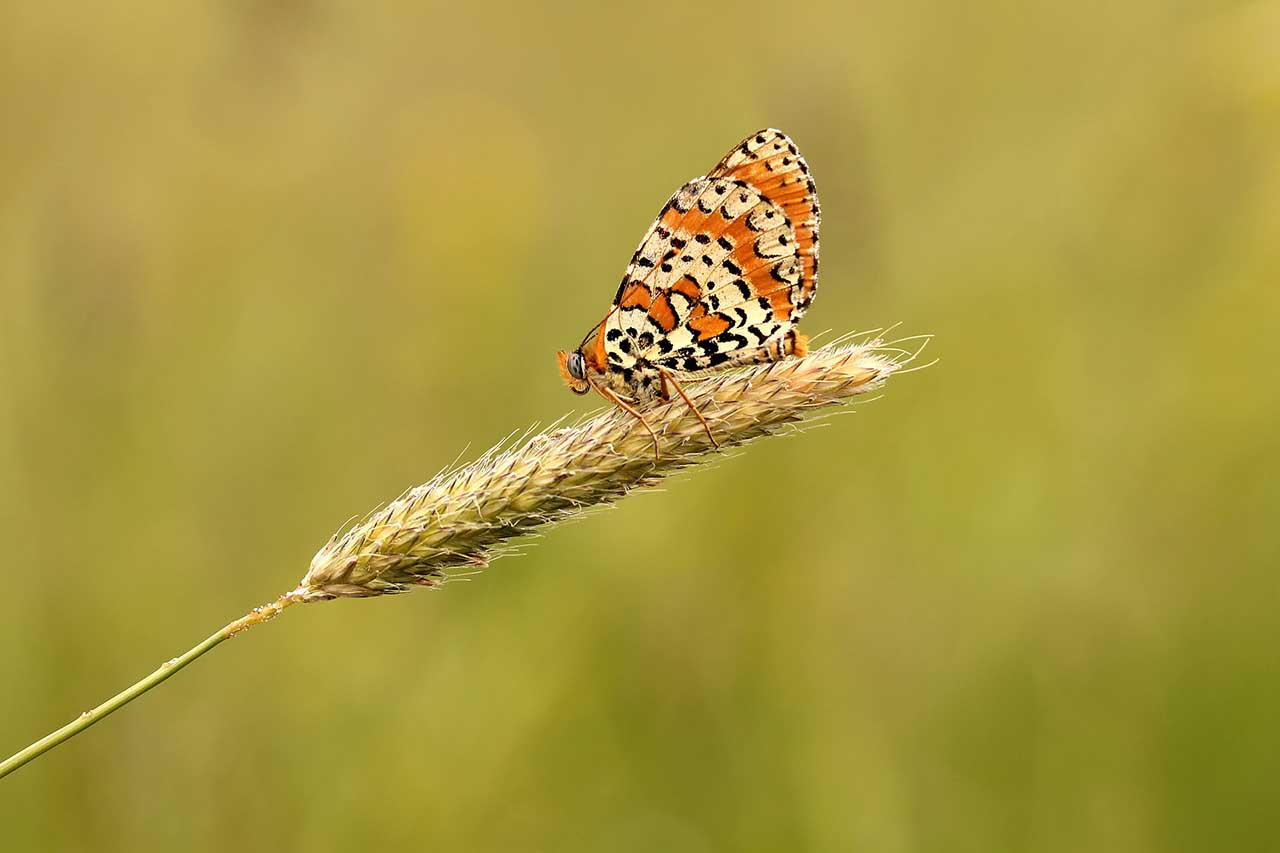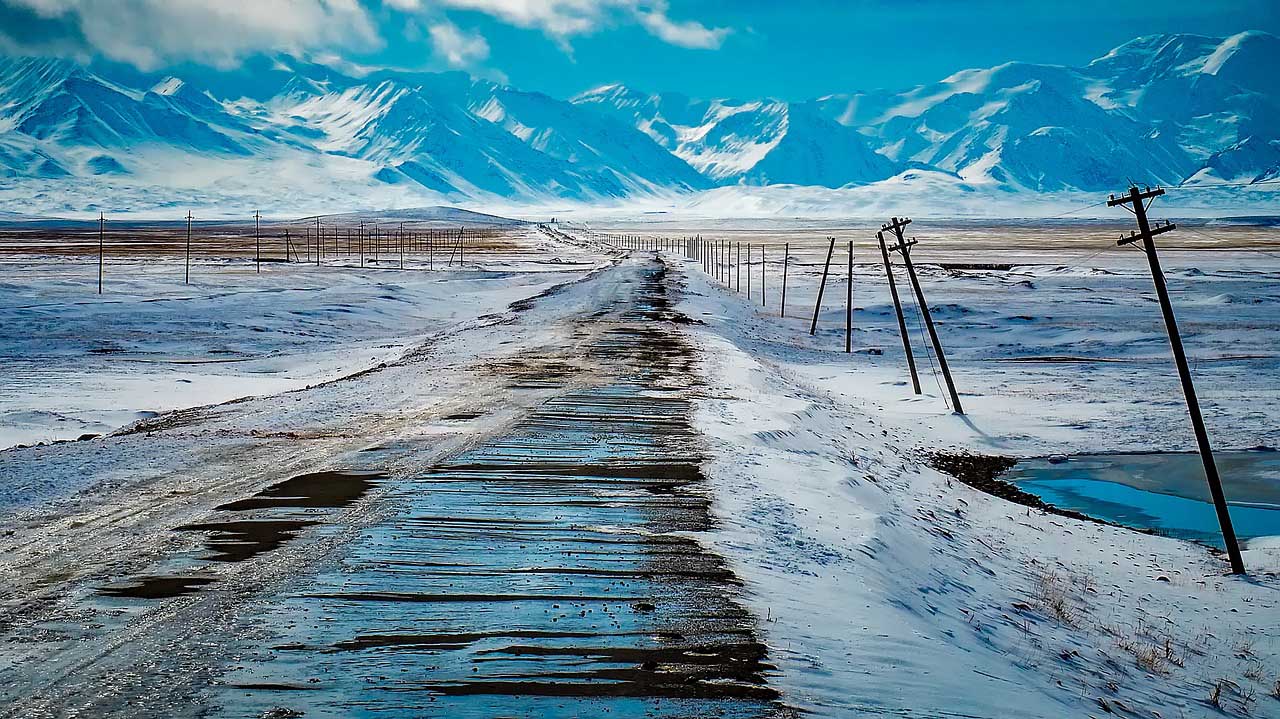Depth of field in photography is, quite simply, the area within the image that appears in focus.
Controlling depth of field is one of the most powerful tools you have as a photographer in determining the look and feel of your image. And that ability to control which areas of your photos are sharp is perhaps the greatest advantage of using an interchangeable lens camera.
Selective focus lets you direct the viewer’s attention to a particular part of an image, such as a subject’s face in a portrait, while front to back sharpness makes for stunning big vistas.
But how depth of field works and how to get shallow depth of field can be confusing to the beginner.
In this tutorial on depth of field in photography we’ll explain how to vary your zone of sharpness to create emphasis where you want it and hide other elements that would prove distracting if they were in focus.
What causes depth of field?
When you focus on a subject, part of the scene in front and behind it is also sharp. This sharp area is known as the depth of field and is governed by physics. Understanding how to control the size of your depth of field is one of the most important aspects of photography, no matter what you’re shooting.
You can control the size of your depth of field in one of three ways, by making adjustments to your aperture setting, your focal length or the focus distance.
Where does depth of field start?
Because it is simply a measure of how much of your image is in focus, depth of field starts from the sharp point closest to the camera and extends out to the furthest point that appears sharp.
As we’ll explain below, the amount of depth of field in your image depends on which aperture you’ve set, your focal length and how physically close you are to the subject.
So depending on these factors, depth of field may start at different points within the frame.
SEE MORE: 7 camera focusing errors and how to avoid them

How are lens aperture and depth of field related?
The wider the aperture setting (low f stop number eg f/2.8) you use, the less depth of field you will capture. More of your scene will be thrown out of focus.
The narrower the aperture (high f stop number eg f/16) you use, the wider depth of field you will have. More of your scene will be in focus from front to back.
There are benefits to both wide and shallow depth of field. It’s useful to have lots of depth of field in landscape photography, for instance, because typically you’ll want to render the entire scene sharp from your foreground interest to the elements on the horizon in the distance.
In portrait photography, however, photographers often want to restrict depth of field so that the person is in focus, but the background is blurred. Blurring the background makes it less distracting, while also making your subject stand out from the frame.
On some occasions it’s nice to have very limited depth of field so that only a small section of the image is sharp and a lot of it is blurred. This technique is sometimes called ‘selective focus’ and it’s often used in fine art photography or to draw attention to the subject and inject a little atmosphere.
Let’s take a look at some of the other factors that affect depth of field.
How does focal length affect depth of field
The shorter the focal length you shoot at (eg a wide-angle lens) the more depth of field you will capture. The longer the focal length (eg a telephoto lens) the less depth of field you will capture.
Changing the focus distance to affect depth of field
Your distance from the subject also affects depth of field. The closer you are to what you’re trying to get in focus, the less depth of field you will be able to capture.
The farther away you are from your subject, the more depth of field you can capture.
How does depth of field affect a picture?
One of the other key points about your zone of focus that often isn’t talked about is that depth of field affects more than just which area of your picture is sharp.
Depth of field also affects the amount of blur in those out-of-focus areas, as well.
Some elements in the frame can sit outside your zone of sharpness, for instance, yet still look recognisable. A flower, or passersby on the street, for example.
And depending on what type of picture you’re taking, out-of-focus elements that are still recognisable can still prove to be a distraction for the viewer.
So in these instances you can typically improve an image by reducing your depth of field as much as possible to throw other elements near your subject so far out of focus that they are smoothed over by blur and unrecognisable.
To do this you need to restrict the depth of field even further than some of the basic depth of field calculations recommend. A lens with a wide maximum aperture will help you do this; however, these lenses can be pricey.
That said, there are a lot of affordable third-party options out there, and effects like these can be achieved with a ‘nifty fifty’ 50mm f/1.8 lens which you can often find for less than £100 / $100.
SEE MORE: Manual focus: 3 modern technologies that make sharp images easier

Which f stop for shallow depth of field?
If you want to blur your background and throw large portions of your frame out of focus for artistic purposes, then you will want to set a low f stop of around f/2.8.
In addition to this wide aperture, you will want to increase your focal length. If using a zoom lens, extend it to the longest focal length on the telephoto end that you can get away with!
And, finally, make sure you are position as close as you possibly can to your subject. These in combination should guarantee you fabulous shallow depth of field. As the macro image above shows, depth of field gets very narrow when you’re very close to the subject.

Which f stop for maximum depth of field?
To maximise the amount of depth of field in your image, set a high f stop (narrow aperture) of f/16 or f/22. Generally, anything above f/11 will get you in the ballparks. Beware closing down to a very smaller aperture such as f/32 or f/45 as something called diffraction actually starts to soften the image.
With this high f stop, you’ll also want to shoot at a shorter focal length and make sure there is a good distance between your camera and what you’re focusing on.
Where to focus to get maximum depth of field?
This is an important question, and one that often trips photographers up. A good trick to follow is the hyperfocal distance focusing technique.
As we stated in this tutorial on which f stop for landscape photography, the hyperfocal distance technique is a method of focusing your lens on a point roughly one-third of the way into the scene to give your image maximum depth of field at the selected aperture.
The depth of field in most scenes usually extends from about one-third of the distance towards the camera in front of your focal point, and two-thirds of the distance behind it.
The aim of hyperfocal distance focusing is to make both the foreground and the background look sharp.
A word of warning: your image may look blurred in your viewfinder when you employ this technique, but do not fret.
It looks out of focus because the image is always displayed at your lens’s largest or maximum aperture. If you press your camera’s depth of field preview button you’ll see a more accurate (if darker) rendition of your image.
It’s also worth noting that hyperfocal distance varies according to the combination of camera, lens focal length and aperture being used. Once these are set, you can work out where to focus using one of the many hyperfocal distance apps available for your smartphone.
What is Depth of Field in Summary?
- Depth of field is the area of focus within your image
- You can affect depth of field in a picture by adjusting your aperture and setting a high or low f stop
- A high f stop, or narrow aperture (eg f/16), will give you extensive depth of field where objects from the foreground through the background appear in focus
- Setting a lower f stop, or wide aperture (eg f/2.8) will give your image a shallow depth of field where only your focal point is in focus
- If you want a wider depth of field but you’re unsure where to focus to get maximum depth of field, try the hyperfocal distance technique
READ MORE
What is a histogram in photography? Common questions answered
What is manual exposure: 7 ways to get off auto mode



